Micro-greens are an incredibly easy and effective way to add a lot of nutrients into your diet. They’re easy to grow and can be grown under lights indoors in the winter! Learn all about how to start growing microgreens below!
Check out the video below to see how we start our microgreens indoors!
What are microgreens?
Micro-greens are essentially just “baby” plants that you harvest at an early stage. They’ve become immensely popular over the past decade as a “superfood” containing more nutrients than the mature versions of the plant. Microgreens typically reach the harvest stage 10-14 days after the seeds sprout.
Incredibly nutritious
Researchers at the USDA Agricultural Research Service have published several studies that identify the nutritional value of microgreens. Twenty-five varieties were tested, key nutrients measured were ascorbic acid (vitamin C), tocopherols (vitamin E), phylloquinone (vitamin K), and beta-carotene (a vitamin A precursor), plus other related carotenoids in the cotyledons.
Among the 25 microgreens tested, red cabbage, cilantro, garnet amaranth, and green daikon radish had the highest concentrations of vitamin C, carotenoids, vitamin K, and vitamin E. In general, microgreens contained considerably higher levels of vitamins and carotenoids—about five times greater—than their mature plant counterparts!
How to Grow
Although they can be grown outdoors in nice weather, we grow our microgreens indoors throughout the entire year. Getting started is super simple!
Materials needed:
Steps:
1. Prepare seed starting mix
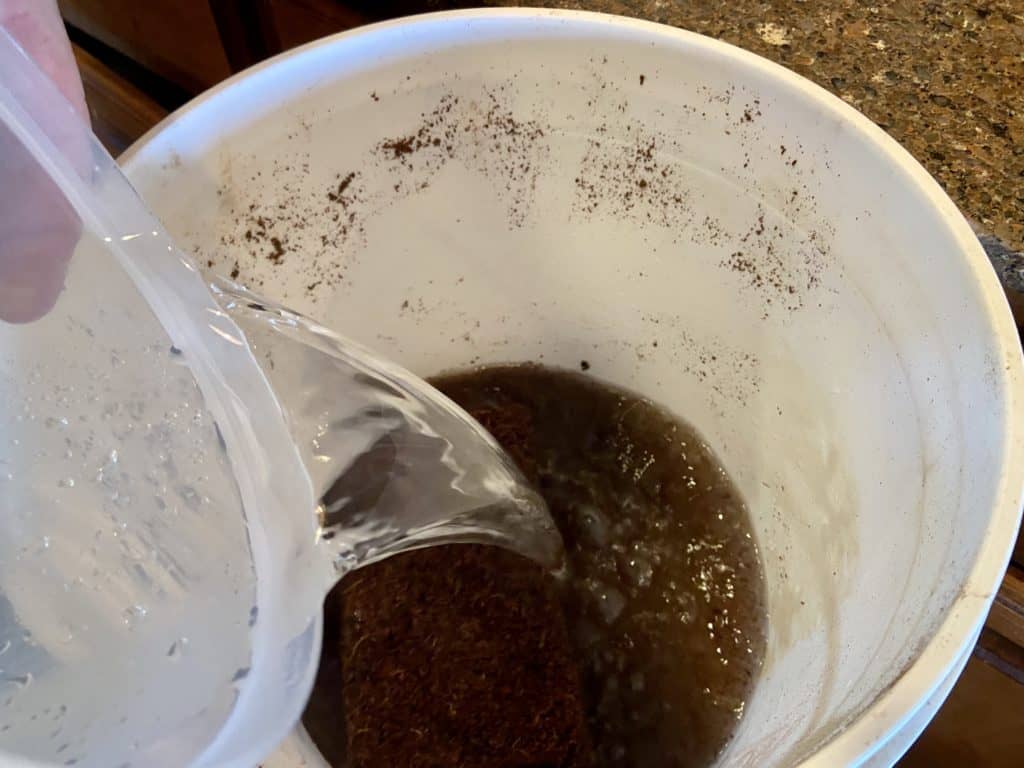
Make sure your seed starting mix is fully saturated. We mix ours in a 5 gallon bucket with water until it feels damp throughout.
We’ve tried every brand of seed starting mix that we’ve come across and we’ve really come to love these Burpee seed starting bricks. They expand really quickly and I really like the texture of the growing medium.
2. Fill trays
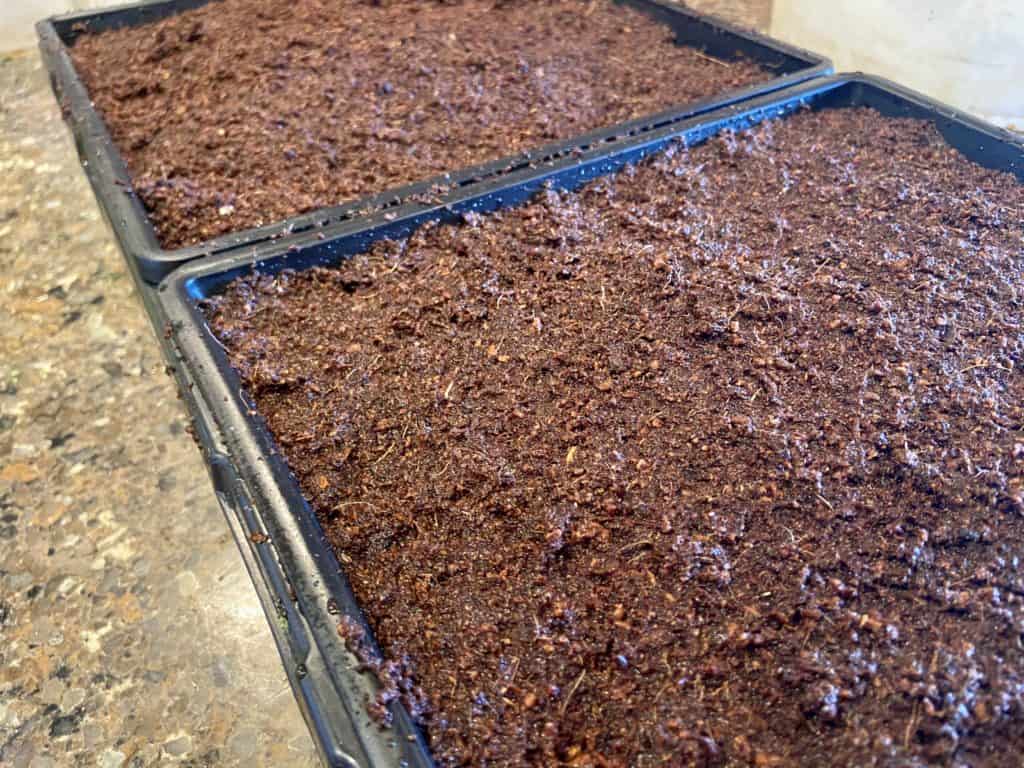
Fill 10×10 trays with seed starting mix. Place 10×10 trays inside 10×20 tray and add 1-2” of water to bottom
Although you can find cheap trays anywhere, we really like using these heavy duty trays from Boot Strap Farmer. They are a cut above anything else we have found and I’m confident that they will last us a very long time! Check out our blog post on seed starting for more details.
3. Sprinkle seeds everywhere!
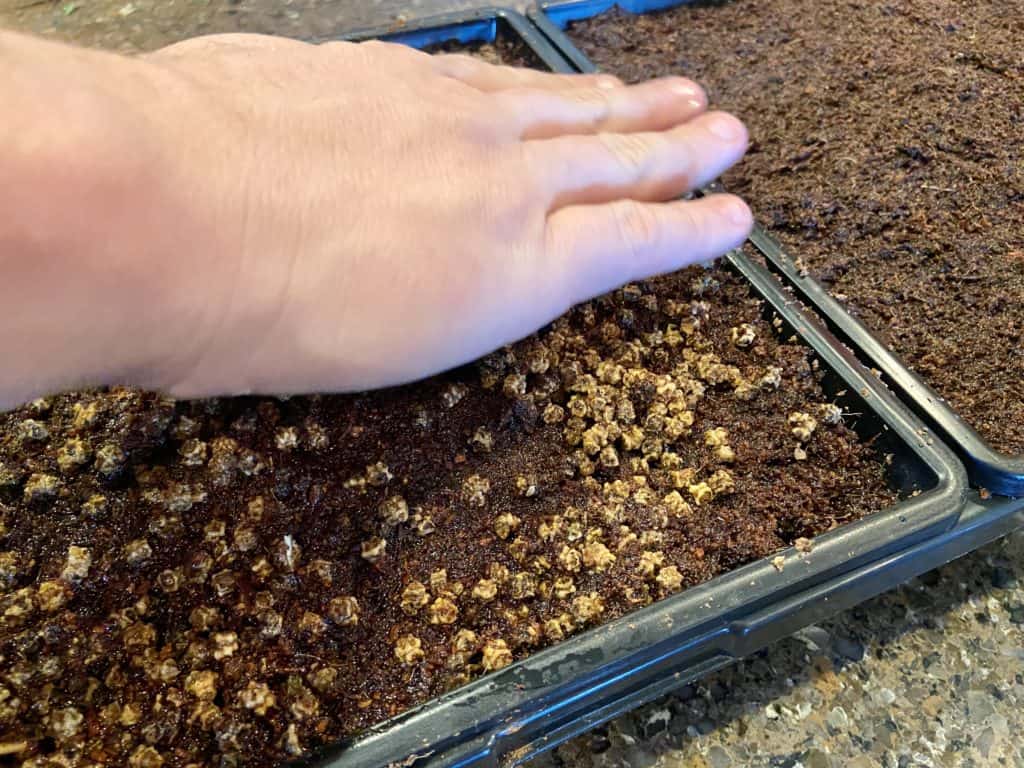
Sprinkle seeds generously so that there’s basically a blanket of seeds on top and water thoroughly.
We buy our microgreen seeds in bulk from a variety of sources including local nurseries, Amazon, and other online seed suppliers.
4. Place under grow lights
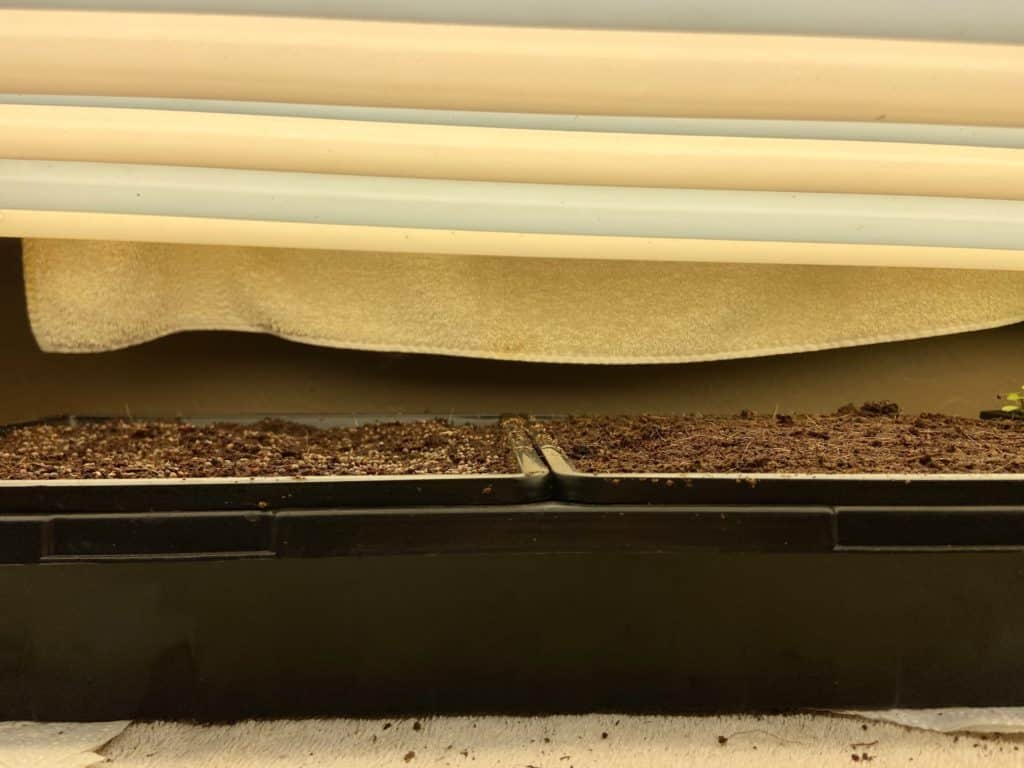
Place trays under grow lights and check/replenish water levels daily.
Your setup doesn’t have to be elaborate. You can find relatively inexpensive single station setups for less than $50 on Amazon. We built our seed starting station using an old wire 5 shelf rack and some lights we bought on craigslist.
5. Harvest!
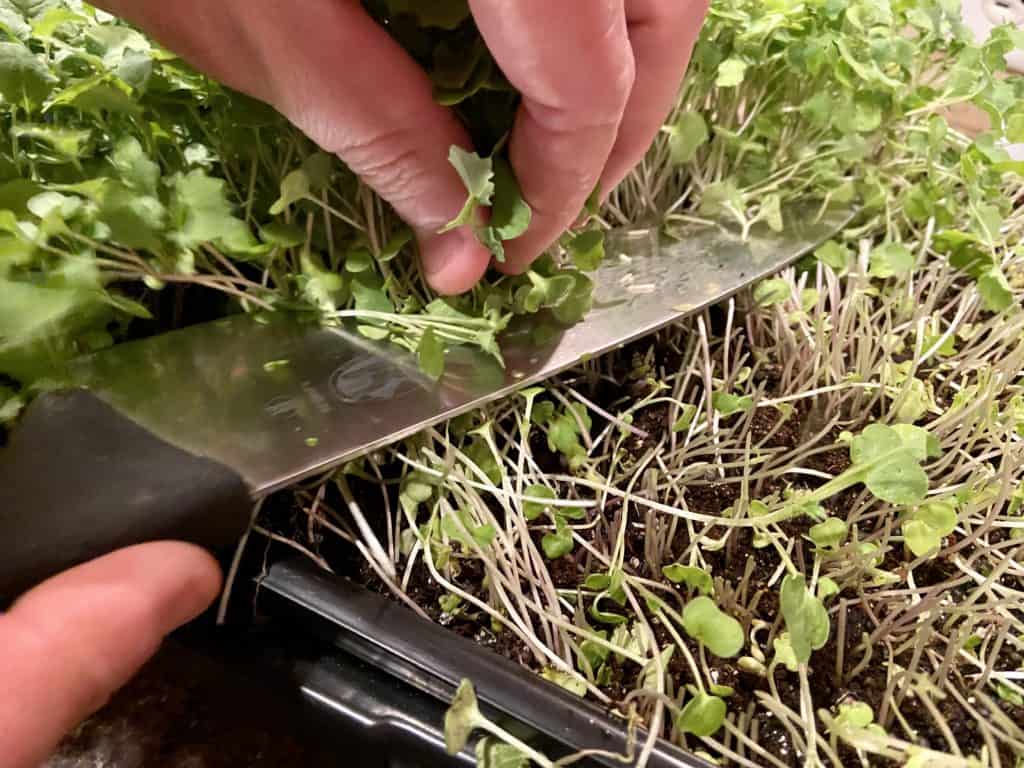
You can harvest most microgreens once they’ve produced their first set of real leaves. This is usually about 2-3 weeks after planting depending on what seeds you planted.
We use the sharpest knife we have to harvest them so that we don’t have to deal with cleaning off the growing medium.
Check out all the details about our DIY seed starting station in the video below!
Most popular micro-greens
How to Eat
We love adding microgreens to a variety of our meals. A handful of kale microgreens can take an ordinary turkey sandwich and make it great! We also like adding them to omelets, wraps, smoothies, pastas, and basically anywhere we can!
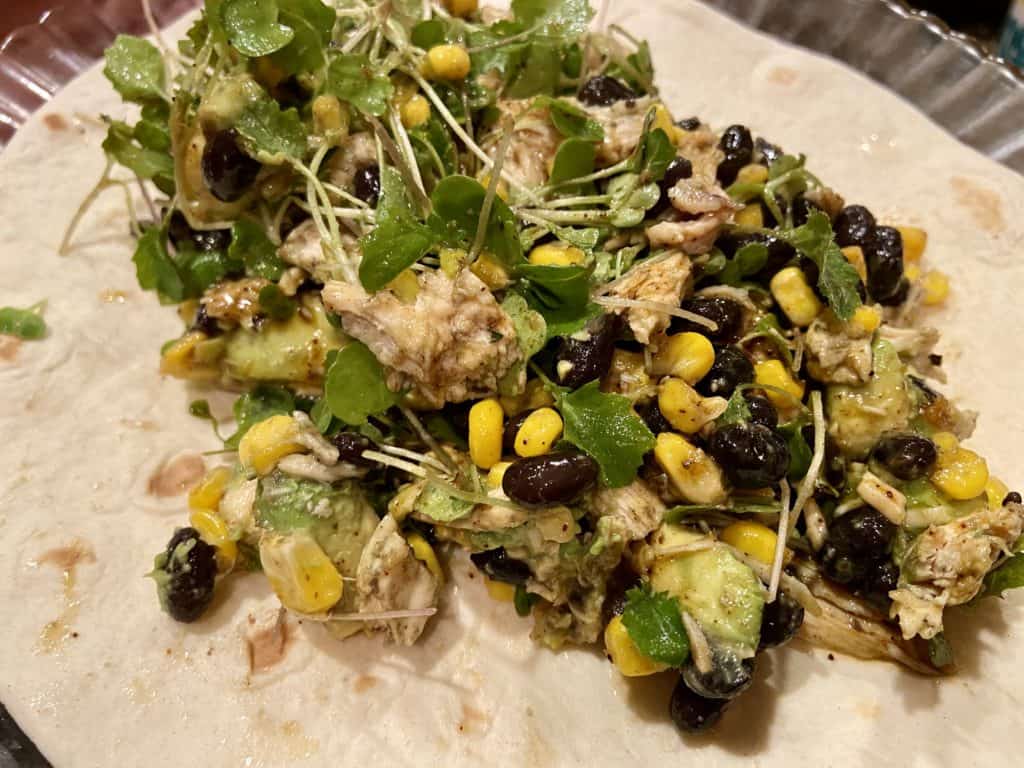
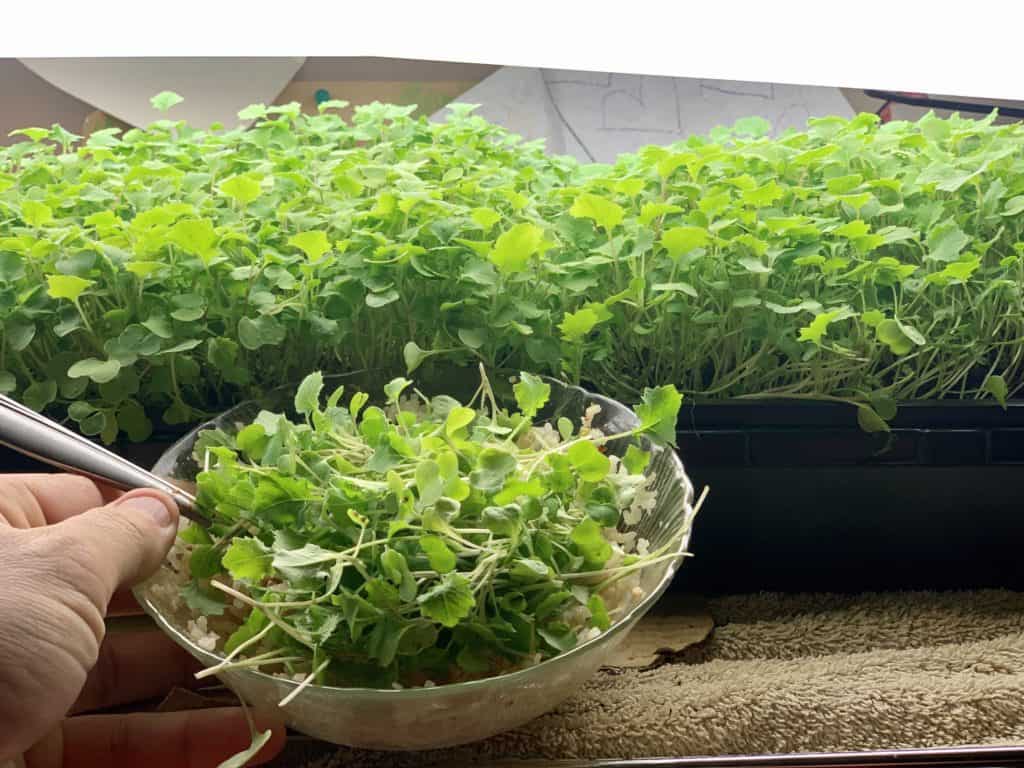
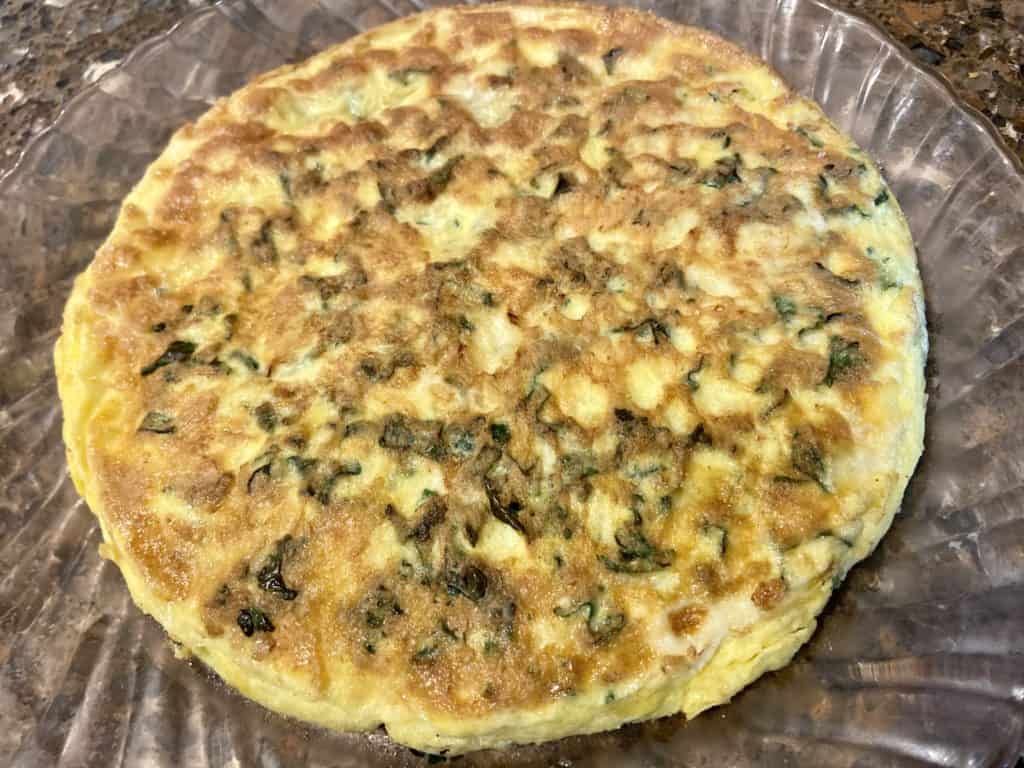
Learn more about growing over 100 different foods, including how to manage various pests in our FREE iOS, Android, or new Universal Web App!

Carrie Spoonemore, co-founder of “From Seed to Spoon,” stands as a beacon of inspiration for gardeners and health enthusiasts alike. Her journey alongside her husband, Dale Spoonemore, in creating a platform that demystifies gardening and promotes a healthier lifestyle, has made a significant impact on individuals around the globe. Through the “From Seed to Spoon” app, Carrie has dedicated herself to empowering people to take control of their health and environment by growing their own food.
With a profound belief in the power of gardening to improve mental and physical health, Carrie’s contributions to the Seed to Spoon blog reflect her holistic approach to wellness. Her articles often focus on the nutritional benefits of homegrown fruits and vegetables, organic gardening practices, and the mental health benefits of spending time in nature. Carrie’s expertise in health science shines through in her detailed discussions on how specific plants can contribute to a balanced diet and overall well-being.
Carrie’s passion for gardening is deeply intertwined with her commitment to family and community wellness. She frequently shares personal stories of how gardening has brought her family closer together, offering practical tips for involving children in gardening activities and making it a fun, educational experience. Her writing encourages families to explore gardening as a means of spending quality time together while learning about nature and sustainability.
In addition to gardening advice, Carrie’s contributions to the blog include insights into the use of technology to enhance the gardening experience. She has played a crucial role in designing the “From Seed to Spoon” app to be user-friendly, ensuring that users of all ages and backgrounds can navigate the complexities of gardening with ease. Her vision for the app is not just as a gardening tool but as a vehicle for change, inspiring individuals to adopt a more sustainable lifestyle by growing their own food.
Carrie Spoonemore’s presence on the blog is marked by her compassionate approach to teaching and her unwavering belief in the transformative power of gardening. Her work continues to inspire a community of gardeners to pursue a healthier, more sustainable way of living, proving that with the right tools and knowledge, anyone can become a gardener and advocate for their health and the planet.

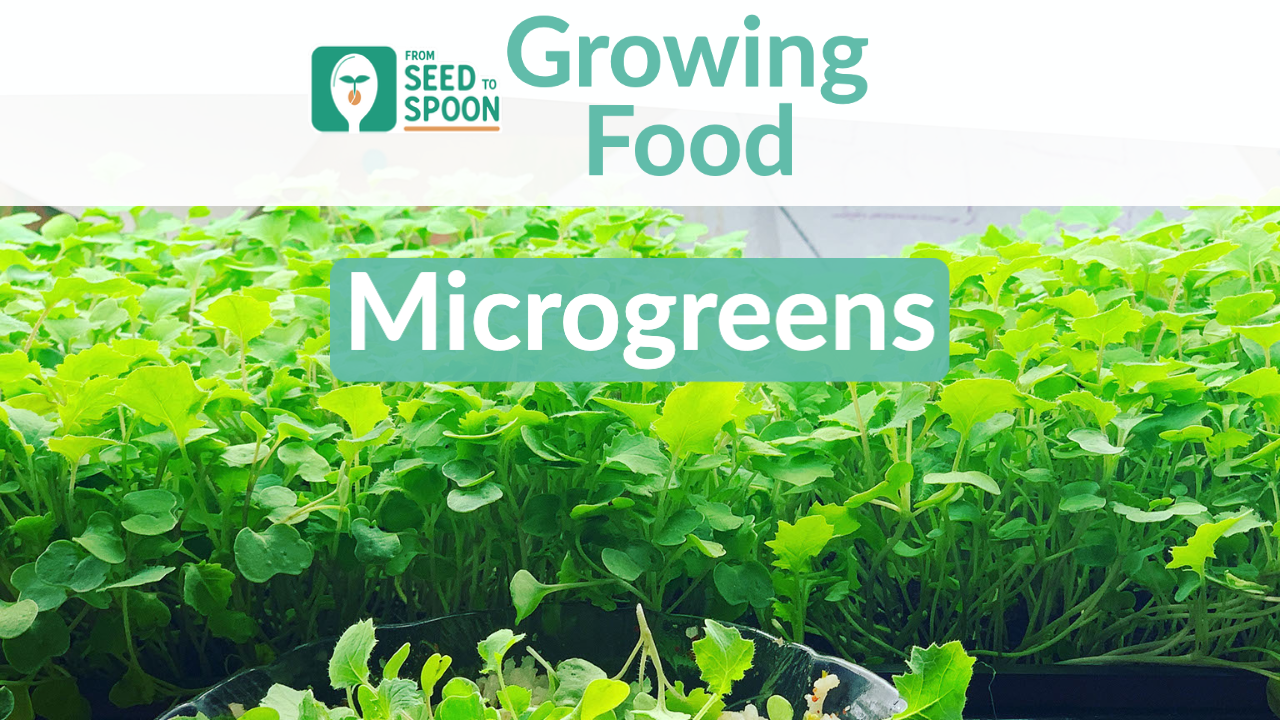
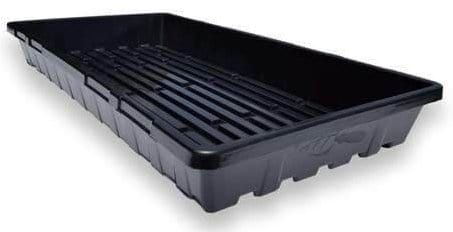
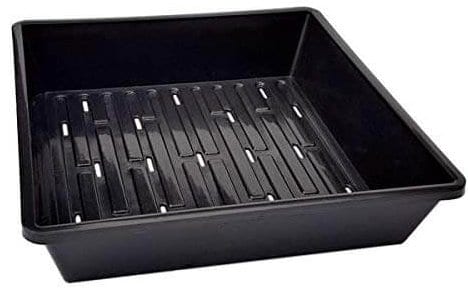
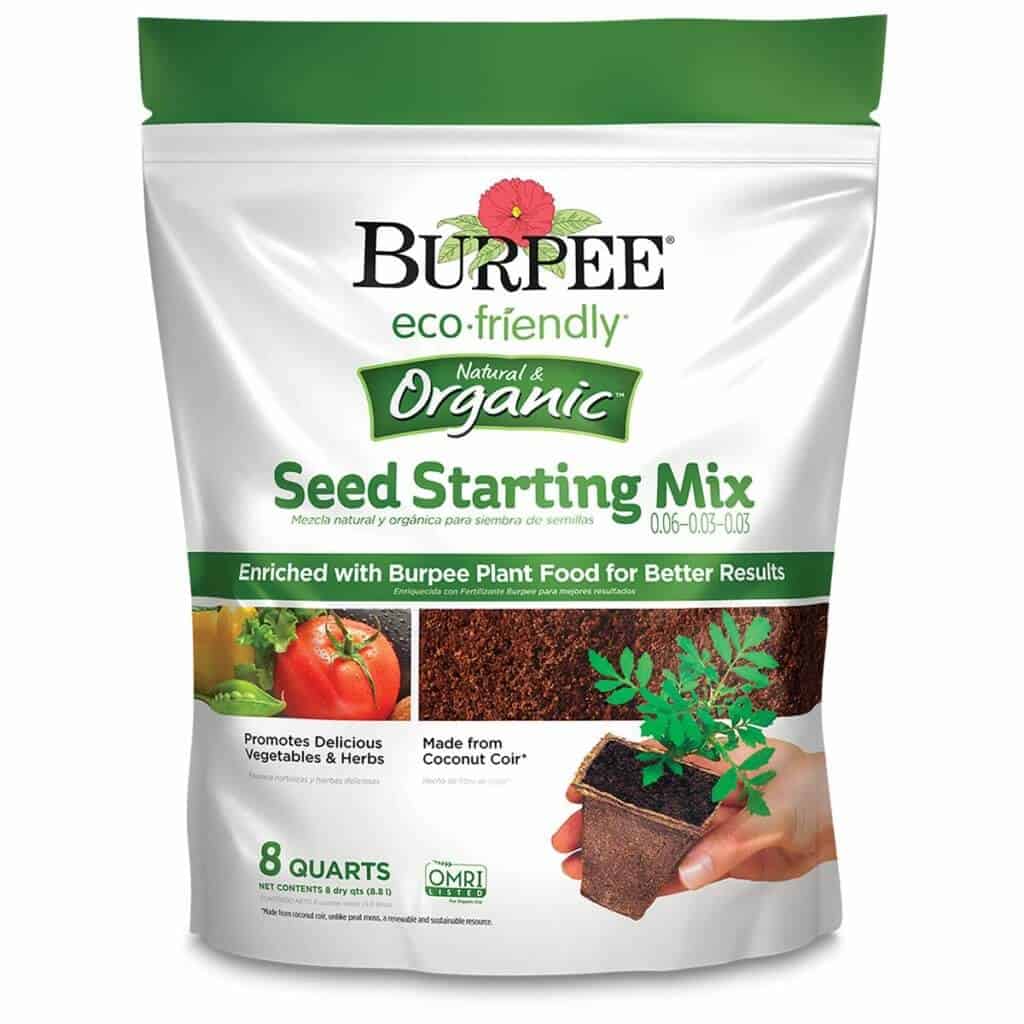
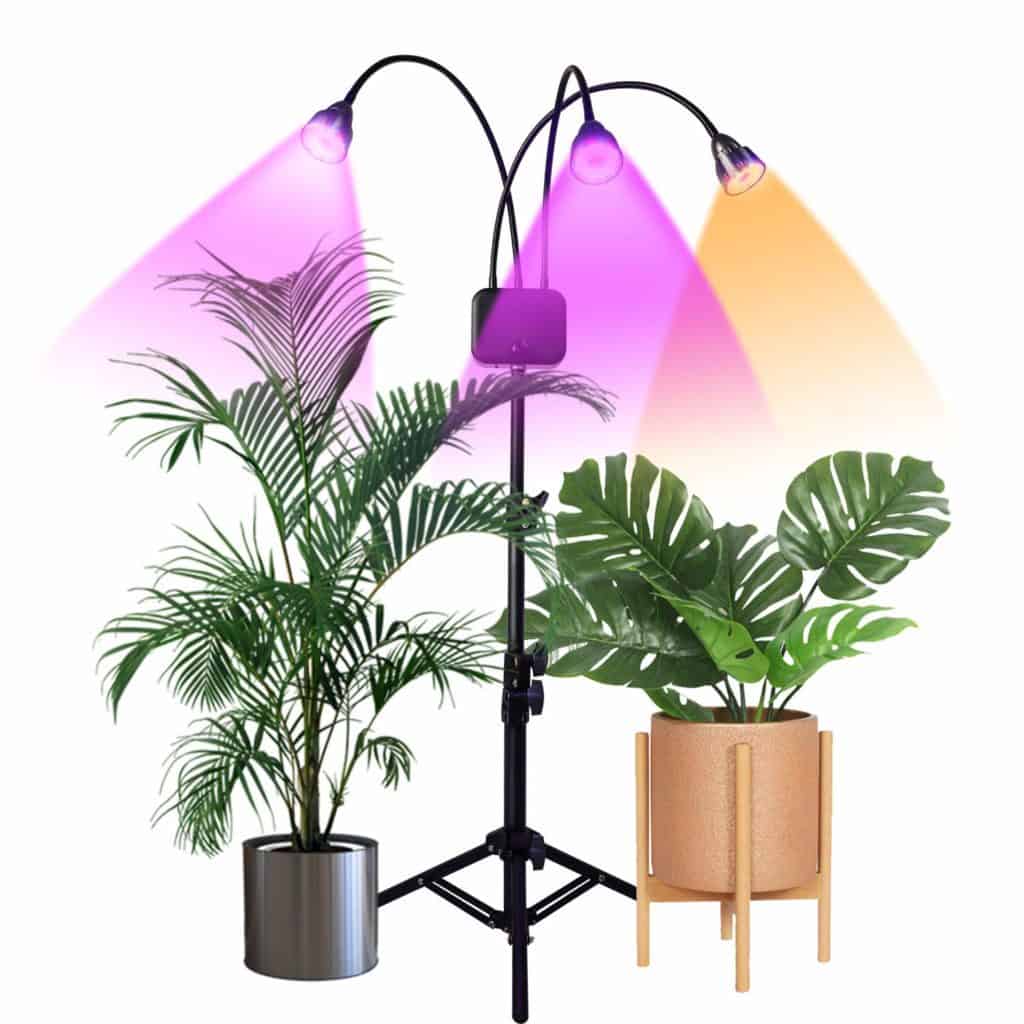

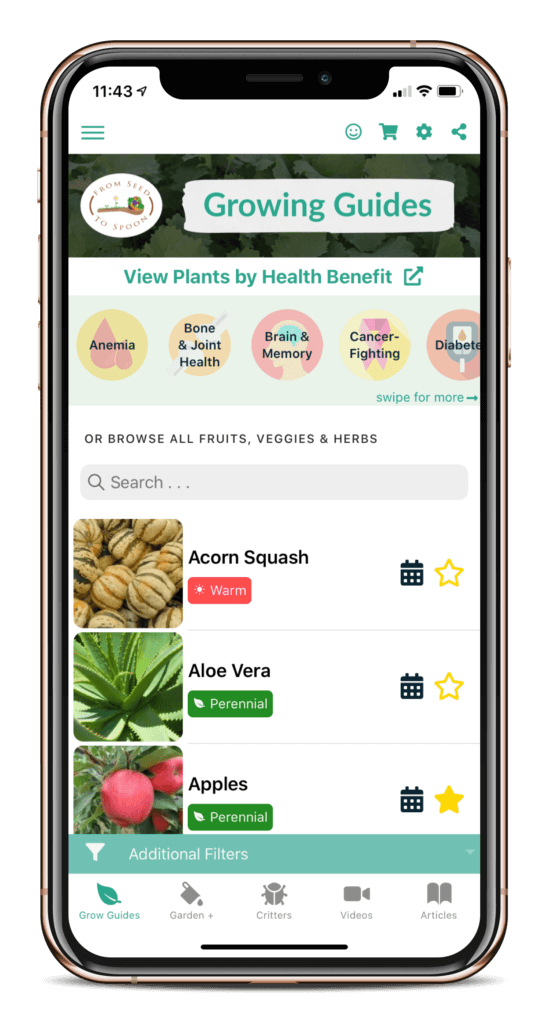

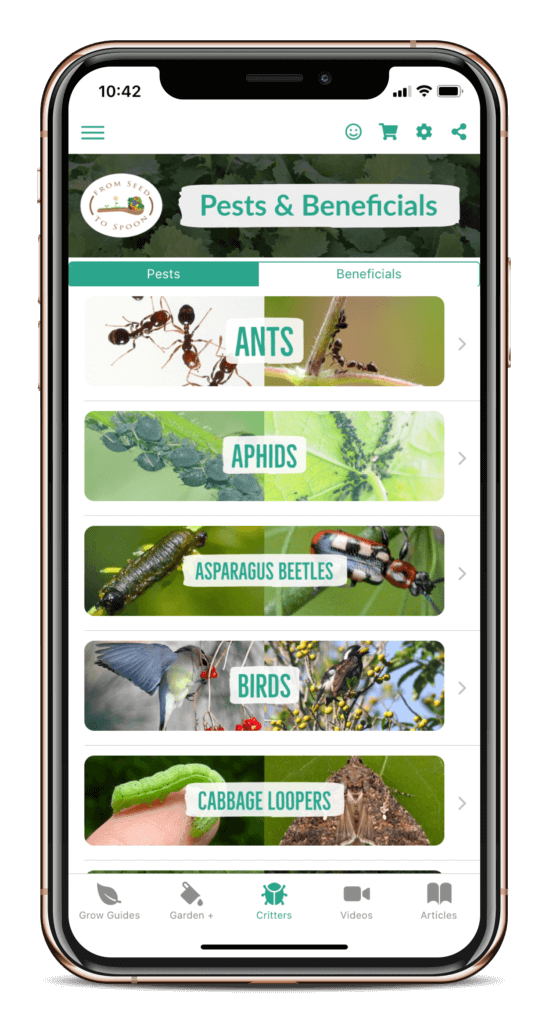






2 thoughts on “How We Grow and Use Microgreens to Super Charge Our Meals With Extra Nutrition”
I’m not that much of an internet reader to be honest but your blogs really nice, keep it up! I’ll go ahead and bookmark your website to come back down the road.
I’ve tried every seed starting mix u can try. I just purchased the Burpee Mix Brick. Well, in 4-5 days I have tomato sprouts. I’m loving it so far. Have the tray on heat mat. About 12-14 inches below 4 bulb
grow light(T-5’s). So I could agree with your recommendation. I used a NK Pro Hex Seed Starter Tray.
(72 cell). I was able to buy both at my local Home Depot.